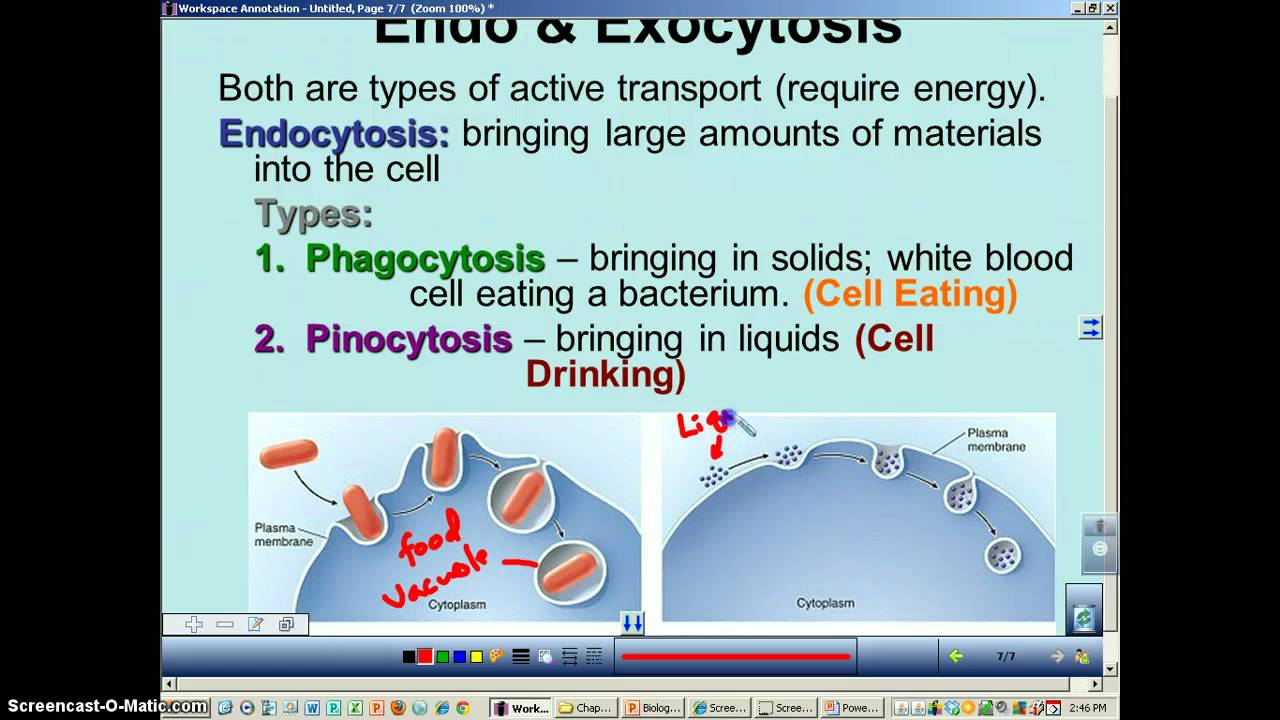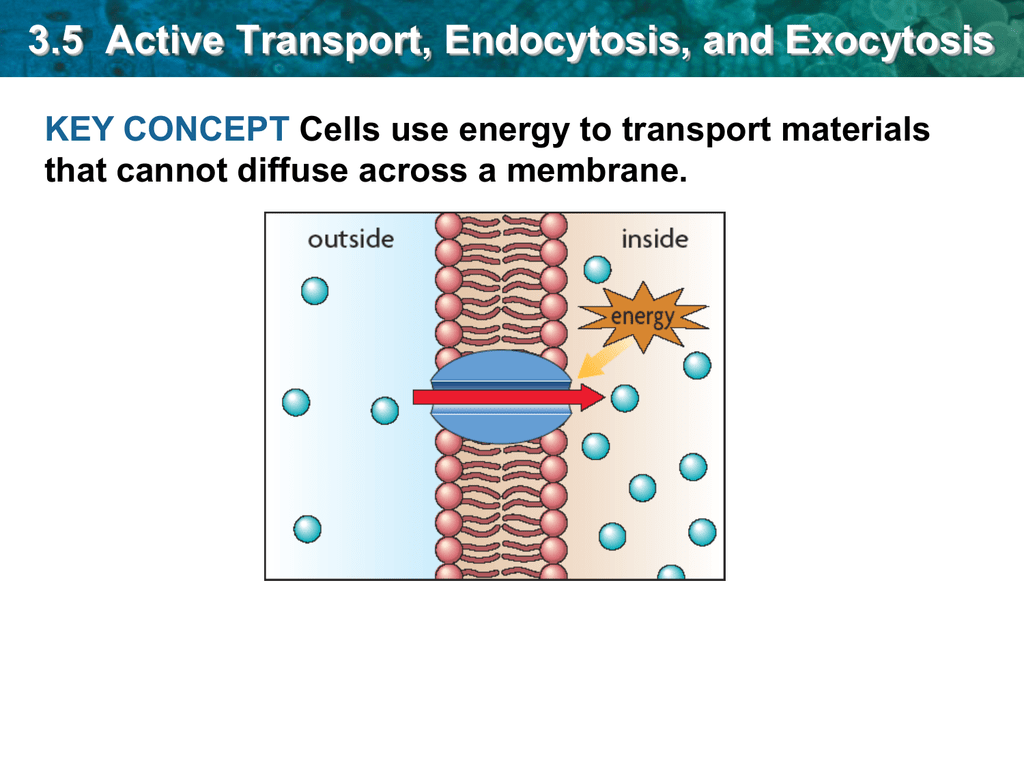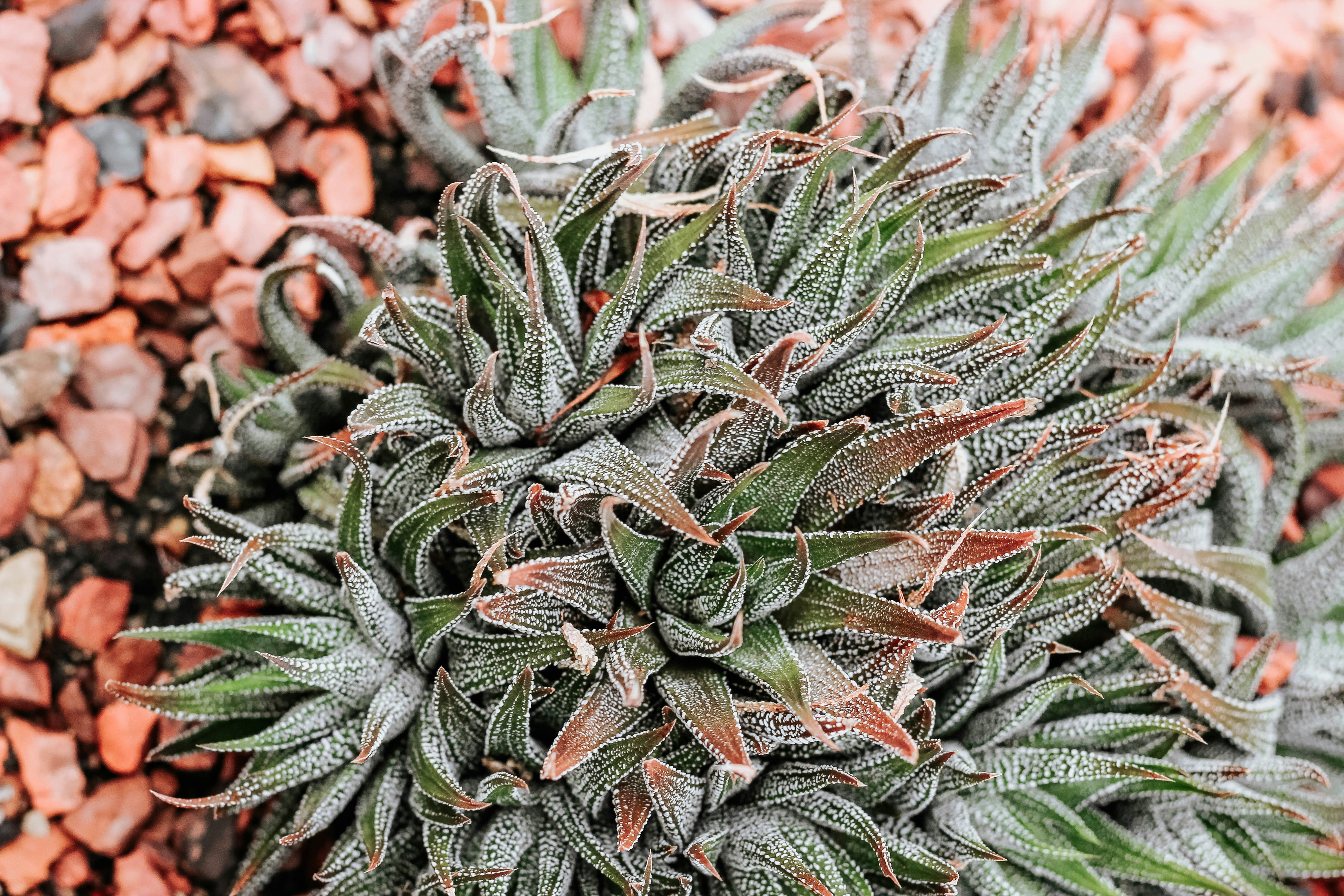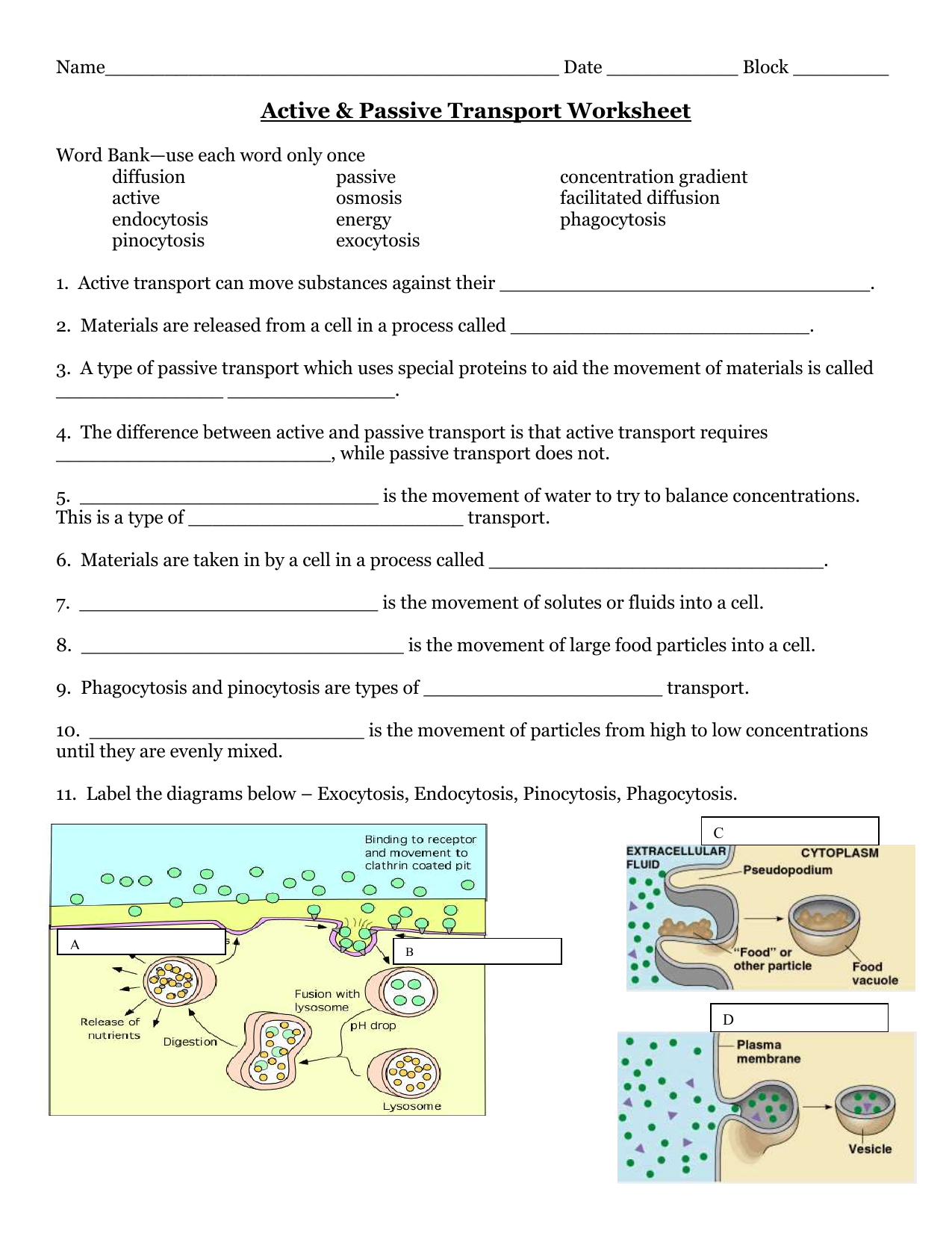39 endocytosis and exocytosis worksheet
This video has been updated here: https://youtu.be/L-osEc07vMs Learn osmosis with real life examples! The terms hypertonic, hypotonic, and isotonic are explo... active transport, osmosis, endocytosis, exocytosis, facilitated diffusion. The arrows show the direction of transport. 31. This diagram is moving from a high to a low concentration: _____ 31. Using a transport protein to move particles across the membrane from high to low concentration: _____ 7.
This worksheet is the perfect way for helping your students learn and review Cell Transport: Diffusion, Osmosis, Endocytosis, and Exocytosis.You can access the answer key, also a word document and PDF document of this content from the following resource:Cell Transport: Diffusion, Osmosis, Endocytosi

Endocytosis and exocytosis worksheet
Cell Transport Review Worksheet. ... facilitated diffusion f. exocytosis. endocytosis g. carrier protein. passive transport h. channel protein _____ Transport protein that provides a tube-like opening in the plasma membrane through which particles can diffuse c. endocytosis d. passive transport e. active transport f. exocytosis g. can-ier protein h c anne protei Transport protein that provides a tube-like opening in the plasma membrane through which particles can diffuse Is used during active transport but not passive transport Q Process by which a cell takes in material by forming a vacuole around it Sep 10, 2021 · Endocytosis and Exocytosis, the transport of large molecules across a membrane using vesicles In addition, both primary and secondary transport can be subclassified as either Uniport , wherein ...
Endocytosis and exocytosis worksheet. A small membrane sac used to transport substances during exocytosis & endocytosis = _VESICLE 8. Kind of endocytosis that takes in small dissolved molecules (solutes) or fluids = _PINOCYTOSIS 9. _PASSIVE transport does NOT REQUIRE energy. 10. During _FACILITATED diffusion carrier proteins grab glucose molecules, change shape, and flip to Under the heading endocytosis list the characteristics of endocytosis. This worksheet contains basic conceptual questions about Cell Transport. Movement into the cell in this manner is called endocytosis and movement out of the cell in this manner is called exocytosis. Endocytosis is the process of bringing in materials to the cell. D. Endocytosis and exocytosis are two forms of passive transport. ... Exocytosis is the process by which vesicles in the cytoplasm fuse with the cell membrane, releasing their contents into the cell's external environment. This is the form of transport used Exocytosis and endocytosis . Transport from the trans-golgi network to the cell exterior: exocytosis. All eukaryotic cells continuously secrete certain proteins, a process called constitutive secretion. Specialized secretory cells also store other proteins in vesicles and secrete them only when triggered by a specific ...
Endocytosis and Exocytosis 5. Are endocytosis and exocytosis forms of passive or active transport? _____ 6. Give a scenario where a cell may need to ... Take a quick interactive quiz on the concepts in Endocytosis & Exocytosis: Processes & Regulation or print the worksheet to practice offline. These practice questions will help you master the ... endocytosis exocytosis 1. Draw the last step of exocytosis at right. 2. Draw the first step of endocytosis at right. 3. The biggest difference between active transport and passive transport is the need for the cell to use . 4. Draw a Venn diagram in the space to the right to compare and contrast exocytosis and endocytosis. 3.5 Vocabulary Check Exocytosis Exocytosis (!"# -soh-sy-TOH-sihs), the opposite of endocytosis, is the release of substances out of a cell by the fusion of a vesicle with the membrane. During this process, a vesicle forms around materials to be sent out of the cell. The vesicle then moves toward the cellÕs surface, where it fuses with the membrane and lets
Active Transport, Endocytosis & Exocytosis The cell membrane encloses the cell, forming a barrier that separates the interior and the exterior environments. The membrane may be relatively permeable or impermeable, prohibiting the passage of most molecules. It can also be selectively permeable, allowing certain substances to pass, but not others. Endocytosis And Exocytosis – Displaying top 8 worksheets found for this concept. Some of the worksheets displayed are Active transport work Cell processes questions work Transport endocytosis. PDF 684 MB This is a 3 page activity that can be used as an introductory tool or as reinforcement. Difference Between Exocytosis And Endocytosis is that The endocytosis is the transport of particles and substances inside the cell, while the exocytosis is intracellular transporting material outward. Both processes are due to the need of the cell to maintain with its surroundings an exchange of materials for its survival. b. active transport f. endocytosis c. diffusion g. exocytosis d. passive transport h. equilibrium _____ The diffusion of water through a cell membrane _____ The movement of substances through the cell membrane without the use of cellular energy _____ Used to help substances enter or exit the cell membrane
_____ 10. Endocytosis is a process by which a cell membrane surrounds and takes in material from. the environment. _____ 11. The passive transport of material across a membrane by means of transport proteins is . called activated diffusion. _____ 12. A membrane that allows only some materials to pass through shows
Endocytosis is a process by which a cell membrane surrounds and takes in material from the environment. Facilitated Diffusion 8. The passive transport of material across a membrane by means of transport proteins is called activated diffusion. True 9. A membrane that allows only some materials to pass through shows
Sep 10, 2021 · Endocytosis and Exocytosis, the transport of large molecules across a membrane using vesicles In addition, both primary and secondary transport can be subclassified as either Uniport , wherein ...
c. endocytosis d. passive transport e. active transport f. exocytosis g. can-ier protein h c anne protei Transport protein that provides a tube-like opening in the plasma membrane through which particles can diffuse Is used during active transport but not passive transport Q Process by which a cell takes in material by forming a vacuole around it
Cell Transport Review Worksheet. ... facilitated diffusion f. exocytosis. endocytosis g. carrier protein. passive transport h. channel protein _____ Transport protein that provides a tube-like opening in the plasma membrane through which particles can diffuse


































0 Response to "39 endocytosis and exocytosis worksheet"
Post a Comment